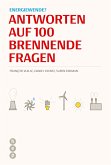
16,99 €
inkl. MwSt. und vom Verlag festgesetzt.
Sofort per Download lieferbar
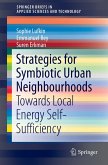
Broschiertes Buch
Towards Local Energy Self-Sufficiency
1st ed. 2016
2. Dezember 2015
Springer / Springer International Publishing / Springer, Berlin
978-3-319-25608-5
| eBook, PDF | 40,95 € |
eBook, PDF
24. November 2015
Springer International Publishing
Ähnliche Artikel
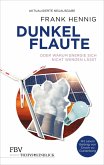
Statt 18,00 €**
13,99 €
**Preis der gedruckten Ausgabe (Gebundenes Buch)
inkl. MwSt. und vom Verlag festgesetzt.
Sofort per Download lieferbar
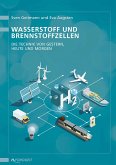
18,99 €
inkl. MwSt. und vom Verlag festgesetzt.
Sofort per Download lieferbar

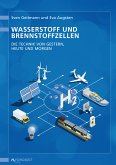
18,99 €
inkl. MwSt. und vom Verlag festgesetzt.
Sofort per Download lieferbar
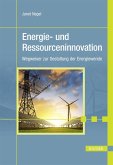
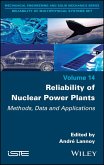
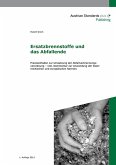
eBook, ePUB
29. November 2013
Austrian Standards plus Publishing
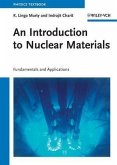

4,49 €
inkl. MwSt. und vom Verlag festgesetzt.
Sofort per Download lieferbar
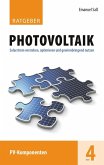
Statt 19,90 €**
13,99 €
**Preis der gedruckten Ausgabe (Broschiertes Buch)
inkl. MwSt. und vom Verlag festgesetzt.
Sofort per Download lieferbar
Ähnlichkeitssuche: Fact®Finder von OMIKRON
